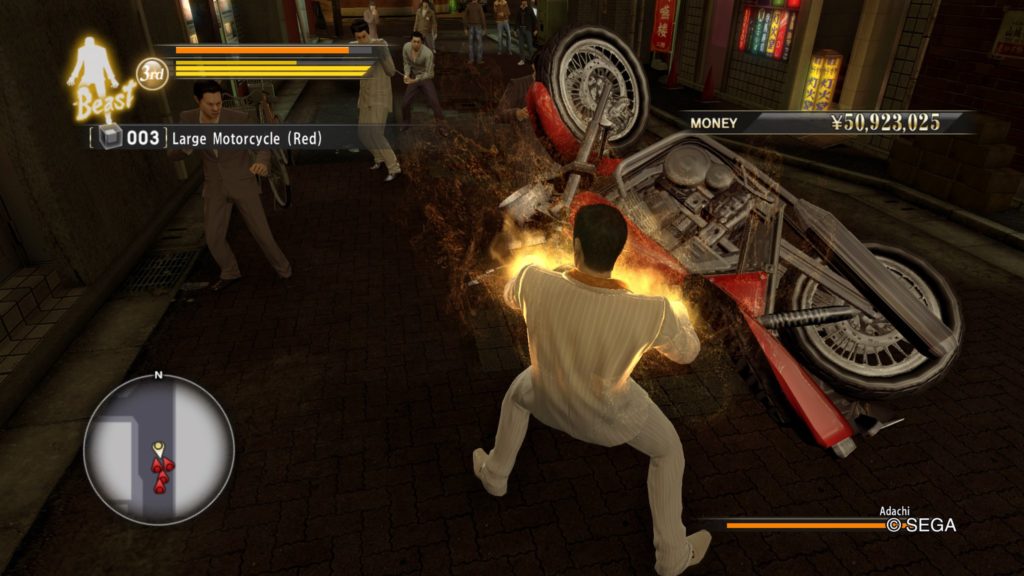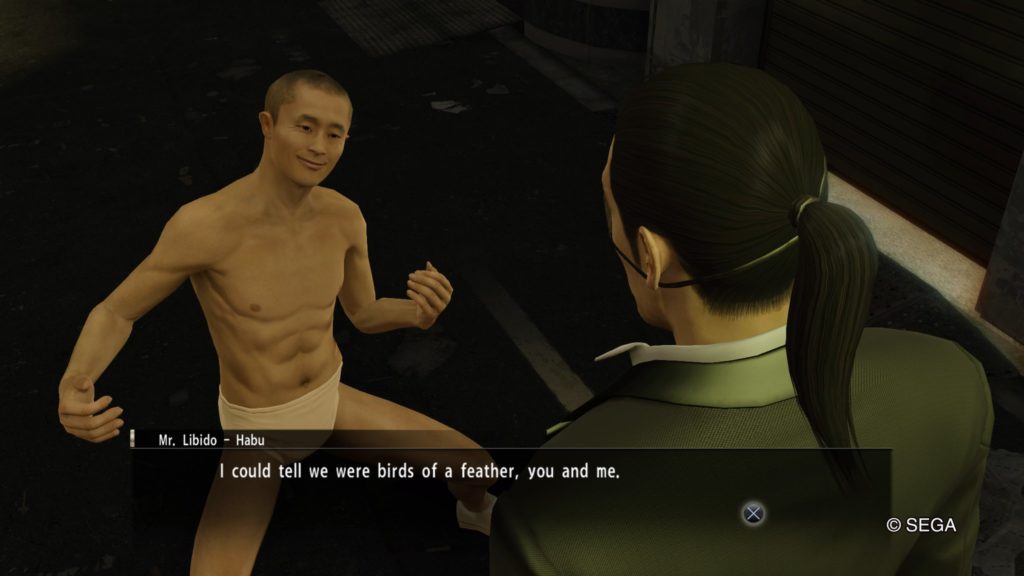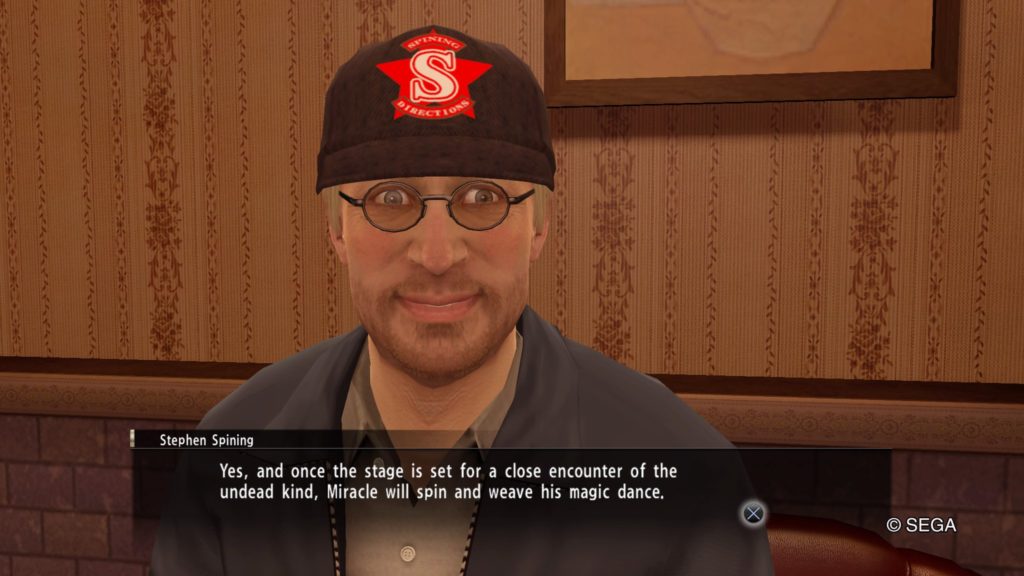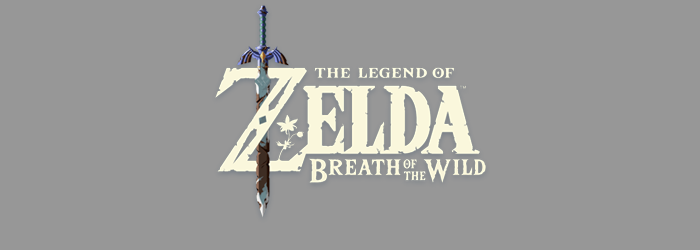- Genre: Action/Adventure
- Platform: PS4
TL;DR
- Excellent combat with multiple styles to fit different fights
- Swapping between characters worked well due to how the story timeline worked between the two
- Difference in tone between serious story missions and almost 100% non-serious side missions somehow didn’t cause issues
The Yakuza series has always been more of a Shenmue than a GTA, and Yakuza 0 doesn’t change any of that. This one provides a new starting point for the series, providing some back story to the events before the original entry in the series. It takes the same mix of combat, light puzzle solving, and high levels of drama, and modernizes it a bit as the first PS4 entry in the series, giving us another great entry to play. Despite being played across two characters, the story manages to send enough clues cross-character to weave together a fun narrative, with plenty of action and violence expected of the genre.
The combat in place is similar to past games, taking place in small areas walled off by onlookers, where enemy groups of varying size can be attacked. Combos of attacks can be grouped to knock down enemies, building up secondary resources to do more spectacular (and powerful) attacks. From a high level it’s fairly simple, but different variations of button holds, character placement, environmental interactions, and most importantly, multiple fighting styles add a lot of depth. Of note, the fighting styles all feel fairly different, and bring advantages to different fights. Both characters have a fairly standard brawling style and legendary fighting style, but the real fun is in one of each character’s other styles.

Kiryu’s Beast mode allows for slow but heavy attacks in a wide range, as well as a number of wrestling-inspired finishers. More importantly, it also allows for automated grabbing of environmental objects to swing at enemies, including things like motorcycles. On Majima’s side, the real standout is Break mode. This uses a series of breakdancing moves to quickly and heavily take out large groups of enemies through effective AoE attack and dodge maneuvers. In general, I was able to switch to a mode that made sense for each fight, whether I needed to do heavy damage to individuals, or keep it safe while whittling down a large group.

On the story end, there’s not too many surprises here, but it’s definitely entertaining. The more surprising thing for me was the mix of the serious story with incredibly non-serious side missions. The side missions typically had similar gameplay, but the characters you meet during them were generally absurd, whether it’s Mr. Libido being unable to contain himself, helping out fake Michael Jackson and Steven Spielberg make Thriller, or Kiryu mixing up visas and pizza when helping an immigrant, I could pretty much expect side missions to go straight for the absurd. Given the seriousness and level of chaos that most of the main story had, it meant I could use the side content as a way to unwind between places where I knew I could get into big fights. This is backed by a surprisingly entertaining set of real estate content for each character to add even more depth to the things to do on the side; Kiryu runs a full real estate company and Majima runs a cabaret club.

If there was anything I would directly point to as a severe negative here, it’s that at a number of points the story missions simply don’t tell you what to do. You’d be given a vague goal (find somewhere to hide!), with no map marker, and no obvious place to go, and be forced to wander around until you hit the magic trigger. More often than not these places would be triggered in areas where you had no NPC contacts, no reason to be in the area, and would never revisit the place for any other reason. While filling gap time between story missions doing side content allowed me to accidentally wander into these from time to time, I was still forced to effectively blanket the map covering all roads until I found the specific spot. Any sort of minimizing of the vague nature of these would have been a great help, but luckily these types of missions were the minority in place.
Overall though, Yakuza 0 was a ton of fun to play. The combat was solid, the story was enjoyable, and the side content had a lot of flat laugh out loud moments. If you’re wanting to play a Japanese GTA, this is not the right game, but if you’re looking to rekindle memories of playing Shenmue, this is a great place to start.


